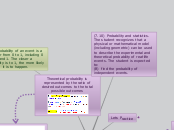por luiyi el CHIWWA :v hace 3 años
227
temas tercer periodo :3
Understanding the use of grammatical structures in English is crucial for effective communication. Comparatives and superlatives are used to compare objects or groups, highlighting their differences.









